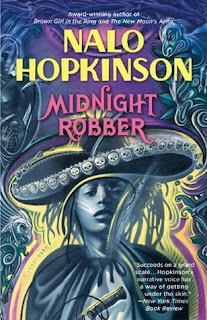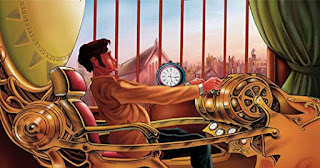Week One: Frankenstein
Elizabeth’s story always struck me
as a very weird part. When simplified it reads as thus: Victor’s family goes to
Italy and at Lake Como his mother visits the poor and among them finds a child
who looks different from the rest, appearing of “different stock”. The child is
an orphan with a foster family. Victor’s mother decides she wants to adopt the
child to be her son’s wife which she admits on her death bead, ““My children,”
she said, “my firmest hopes of future happiness were placed on the prospect of
your union. This expectation will now be the consolation of your father.
Elizabeth, my love, you must supply my place to my younger children.”” And here
is my main problem with Elizabeth in the text, which is that her whole life is
planned out by adults around her so how does she have a choice? There is a
weird grooming aspect to it all that makes you wonder if she ever had a chance
at a choice. In the same quote we see Elizabeth immediately given the
responsibility of the matriarch of the house despite her youth. It is this role
she stays in while Victor goes off for an education. She waits for him and
takes care of the family while Victor is gone. One wonders if it wasn’t for
Elizabeth, and looking the state of the family, would Victor have been able to
leave?
Now non of this comes to any head
in the book, Elizabeth happens do be perfect for her role and is in love with
Victor. Elizabeth represents what the writer thinks a woman ‘should’ be for the
time period, which is someone who is exceptionally un self-serving. She is
praised a lot for being “She was docile and good tempered, yet gay and playful
as a summer insect” She goes along with what is expected about her, and despite
being a kind person is the one that is killed in an act of revenge by the
monster.
And the end for Elizabeth is that
she is, in modern terms, fridged for Victor’s character development.



Comments
Post a Comment